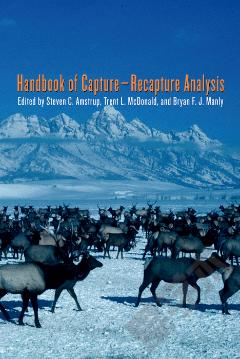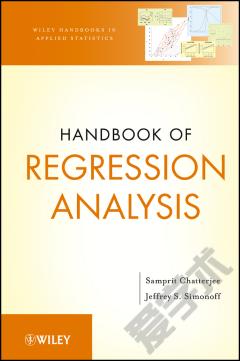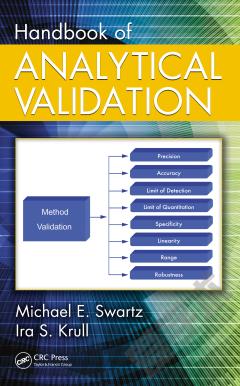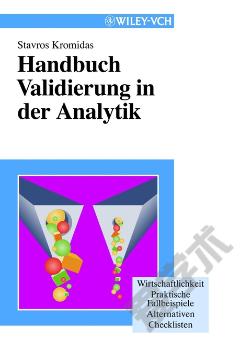Handbook of Capture-Recapture Analysis
In the modern ecology there appears to be an increasing gap between field-based biologists and statisticians as new methods are developed to deal with more complex data. This book aims to bridge that gap with the goal of helping biologists understand state-of-the-art statistical methods for captureârecapture analysis. The editors have gathered the most complete and upto-date information on the subject and only time will tell if this reduces the gap between biologist and statistician. The book comprises of three main sections. Section one is a single chapter which acts as a general introduction to captureârecapture techniques and sets the scene for the rest of the book. It also gives a brief overview and history of captureârecapture methods from their first use in 1802 to the present day, introduces the scientific notation required for the rest of the book and gives a brief summary of the rest of the model chapters. Section two is the largest section and contains seven chapters which deal with the theoretical and statistical aspects of the main captureârecapture models. Section three consists of two chapters which give a series of examples analysed by the methods described in Section two. Chapters 2â8 introduce increasingly complex captureârecapture models from the original simple closed population model to complex multistate models. Although the authors differ between chapters, all follow a similar format and this makes it particularly easy to compare different models. Each chapter starts with a brief history of the model and its original derivation or formulation, including important researchers and crucial papers. Then follows a derivation of the parameter estimates, a list of assumptions of the method and a discussion of the estimate properties. Within each chapter potential model variations are also discussed. Finally there is a worked example using a variety of software programs that apply to the data set (e.g. JOLLY, MARK, CAPTURE), and a summary of the main points of the chapter. The editors suggest reading Chapters one and two thoroughly to understand the theoretical underpinning of the various models before moving on to subsequent chapters. I agree wholeheartedly with their suggestion, as it would be easy to become confused in later chapters without a detailed understanding of the basic models. Once the basics are well understood many will want to move immediately to the model that best fits their data set. As if predicting this possibility, Chapters 4â8 are self-contained, with each one dealing with the appropriate analysis of a specific type of data â closed populations models, open population models, tag recovery models, joint tag recovery and live resighting models and finally multistate models. From a practical viewpoint Chapter 9 is particularly useful. In it the authors use data from three longterm studies (European dippers, polar bears and mallard ducks) to illustrate the models described in earlier chapters using the computer program MARK. It is also a gentle introduction to MARK, which is the most up-to-date and commonly used captureârecapture program (see http://www.warnercnr.colostate.edu/ ~gwhite/mark/mark.htm to download the MARK program, manual and a wealth of other information). It would be helpful while reading this chapter to have the program MARK open on the computer so that you can work through each example using MARK as itâs being analysed in the book. Most examples use the European dipper data set (which is available on the web), but the polar bears are used to demonstrate a model where survival and recapture probabilities are not constant (something most field-based ecologists would have to consider) while the mallards are used to illustrate the tag recovery model. The editors have done an admirable job in trying to make complex captureârecapture models accessible to a greater range of field-based ecologists. Despite the scope and nature of this book, I feel that the best analysis methods will still be when ecologists and statisticians collaborate on a particular data set. I think many ecologists will find the time required to understand anything more than the simplest captureâ recapture models prohibitive. This book will not put statisticians out of a job, rather it should allow for a more informed discussion when ecologists and statisticians collaborate on projects involving captureâ recapture methods (which should be right from the start).
{{comment.content}}








 京公网安备 11010802027623号
京公网安备 11010802027623号